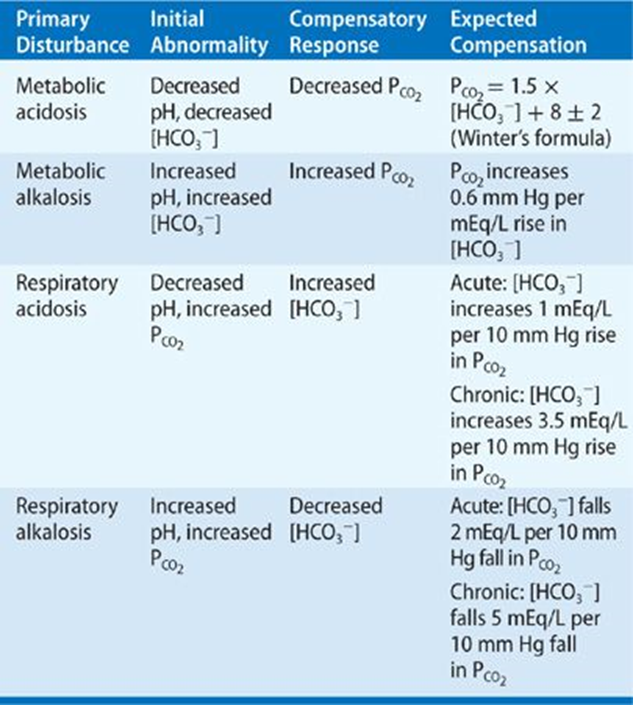A diabetes educator is teaching a patient about type 2 diabetes. The educator recognizes that the patient understands the primary treatment for type 2 diabetes when the patient states what?
"I will make sure I call the diabetes educator each time I adjust my insulin dose."
"I read that a pancreas transplant will provide a cure for my diabetes."
"I will make sure to follow the weight loss plan designed by the dietitian."
"I will take my oral anti-diabetic agents when my morning blood sugar is high."
The Correct Answer is C
A. "I will make sure I call the diabetes educator each time I adjust my insulin dose."
This statement suggests a reliance on insulin adjustment and implies frequent contact with the diabetes educator. However, it doesn't address the primary treatment for type 2 diabetes.
B. "I read that a pancreas transplant will provide a cure for my diabetes."
This statement mentions a pancreas transplant, which is a significant and rare intervention typically reserved for severe cases of diabetes. However, it's not considered the primary treatment for type 2 diabetes.
C. "I will make sure to follow the weight loss plan designed by the dietitian."
This statement aligns with a key aspect of managing type 2 diabetes, as weight management, along with diet and exercise, is a primary approach. Lifestyle modifications, including weight loss, are often part of the primary treatment plan.
D. "I will take my oral anti-diabetic agents when my morning blood sugar is high."
This statement indicates an understanding of the importance of oral anti-diabetic agents, which are commonly used in the management of type 2 diabetes. Timing medication based on blood sugar levels is a key aspect of treatment.
Nursing Test Bank
Naxlex Comprehensive Predictor Exams
Related Questions
Correct Answer is ["A","B","C"]
Explanation
A. Nervousness:
Explanation: Correct. Nervousness is a common symptom of hypoglycemia.
B. Tremors:
Explanation: Correct. Tremors or shakiness can occur with hypoglycemia.
C. Irritability:
Explanation: Correct. Irritability is one of the signs of hypoglycemia.
D. Anorexia:
Explanation: Anorexia or loss of appetite is a possible symptom of hypoglycemia but not as commonly observed as other symptoms.
E. Hot, dry skin:
Explanation: Hot, dry skin is not typically associated with hypoglycemia. Diaphoresis or sweating is more common.
F. Muscle cramps:
Explanation: Muscle cramps are not typical symptoms of hypoglycemia.
Correct Answer is B
Explanation
A. Metabolic Acidosis
Metabolic acidosis is characterized by a low pH and low bicarbonate (HCO3) level. In this case, the pH is low (indicating acidosis), but the bicarbonate level is within the normal range, which is inconsistent with metabolic acidosis.
B. Respiratory Acidosis
This is correct. Respiratory acidosis is characterized by an elevated partial pressure of carbon dioxide (PaCO2), leading to a decrease in pH. The ABG values in this case indicate elevated PaCO2 and a low pH, consistent with respiratory acidosis.
C. Metabolic Alkalosis
Metabolic alkalosis is characterized by a high pH and high bicarbonate (HCO3) level. In this case, the pH is low (indicating acidosis), which is inconsistent with metabolic alkalosis.
D. Respiratory Alkalosis
Respiratory alkalosis is characterized by a low partial pressure of carbon dioxide (PaCO2) and a high pH. In this case, the PaCO2 is elevated, which is inconsistent with respiratory alkalosis.

Whether you are a student looking to ace your exams or a practicing nurse seeking to enhance your expertise , our nursing education contents will empower you with the confidence and competence to make a difference in the lives of patients and become a respected leader in the healthcare field.
Visit Naxlex, invest in your future and unlock endless possibilities with our unparalleled nursing education contents today
Report Wrong Answer on the Current Question
Do you disagree with the answer? If yes, what is your expected answer? Explain.
Kindly be descriptive with the issue you are facing.
